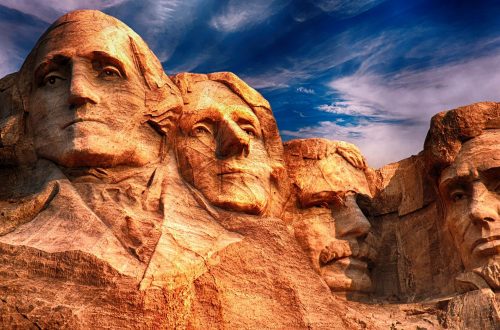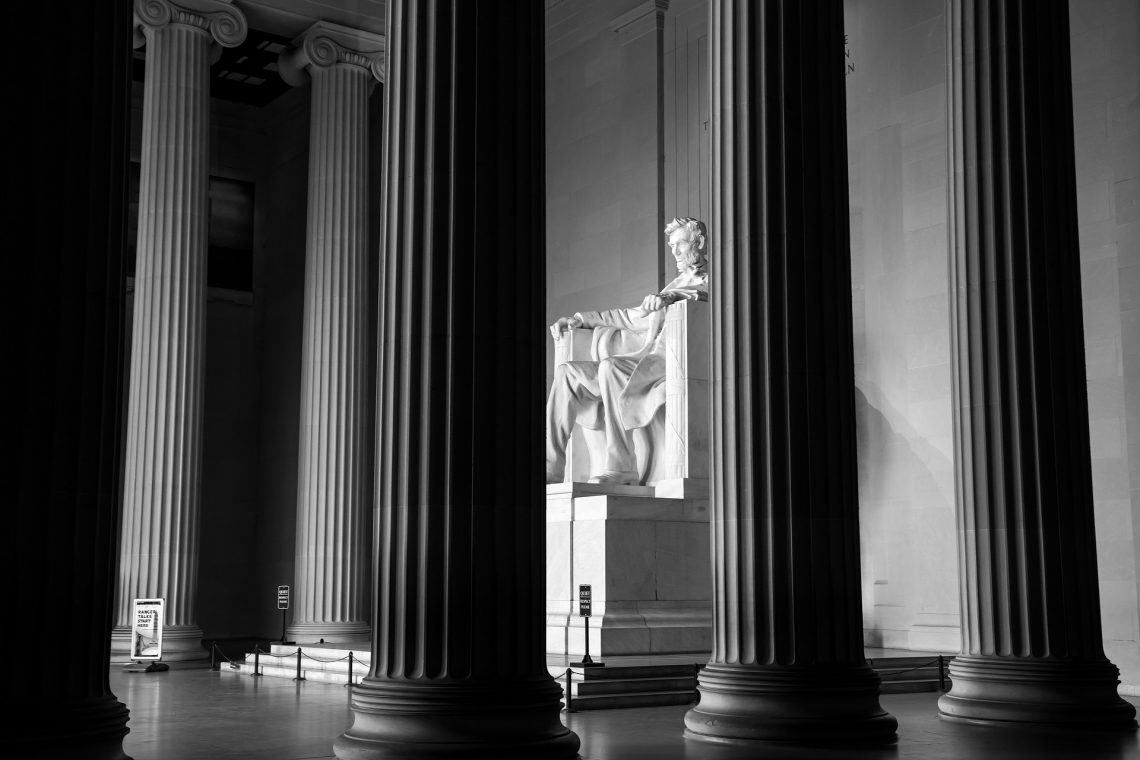
Hall of Presidents Part 2
Happy Tuesday, folks! Yesterday was President’s Day, so I’ve been continuing with my research on past presidents. While doing my in-depth research about the first twelve presidents of the United States, I put many significant historical events in order. I remember learning about the war of 1812 and the Trail of Tears, but I was able to read about them more in context with the presidents’ beliefs and the country at that time. I’m excited to learn more with this next set of presidents. Enjoy!
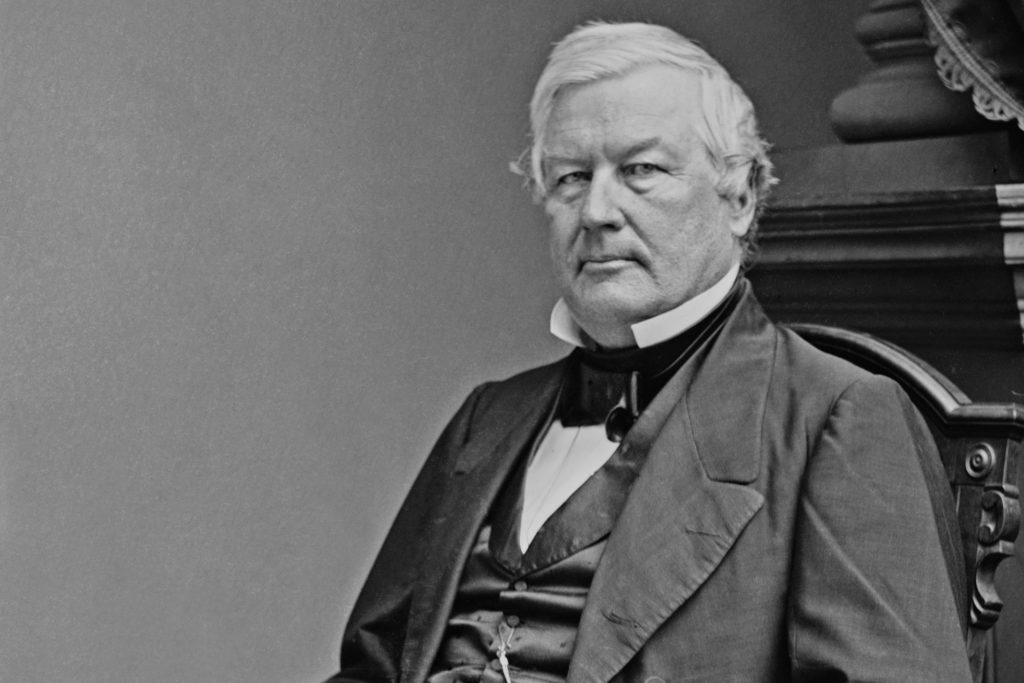
13. Milliard Fillmore
July 10, 1850- March 3, 1853
Milliard Fillmore was born and raised on a farm, where he attended school at a one-room schoolhouse and apprenticed a cloth dresser when he was a teenager. Fillmore became a lawyer and later served in the House of Representatives before being nominated as vice president in 1848. He oversaw the compromise of 1850 and favored Henry Clay’s bill even though he rarely sided with either party.
Fillmore became president when Zachary Taylor died in office in July 1850. Taylor’s administration resigned, leaving several positions for Fillmore to fill.
Fillmore signed the Fugitive Slave Act, which made him unfavorable to his party and lost him the nomination for reelection in 1852. In 1856, he ran for office again for the American Party but lost to Buchanan.
Fun Fact: Milliard Fillmore opposed Abraham Lincoln during reconstruction.

14. Franklin Pierce
March 4, 1853- March 3, 1857
Franklin Pierce was elected to the New Hampshire legislature, and two years later, at age 26, Pierce became the speaker. He went to Washington as a Representative and then as a Senator. In 1852, he was proposed as the Democratic nominee for president because he strongly supported the Compromise of 1850 and did not want to agitate the slavery debate. Pierce won with a narrow margin of popular votes.
A couple of months before Pierce took office, his train wrecked, and he watched his eleven-year-old son die. He entered his presidency grief-stricken.
The Kansas-Nebraska Act reopened the conversation about expanding slavery to western states. The discussion started because Jefferson Davis–Secretary of War–promoted a railroad to run through the south. The land that would become Arizona and southern New Mexico was purchased from Mexico for ten million dollars.
The proposal stated that the people in Kansas could decide if they wanted slavery or not. This caused people to rush from both the north and the south, and the violence that occurred was a prelude to the Civil War.
Fun Fact: By the end of his presidential term, Pierce stated that there was peace in Kansas again but lost the nomination for reelection to James Buchanan.
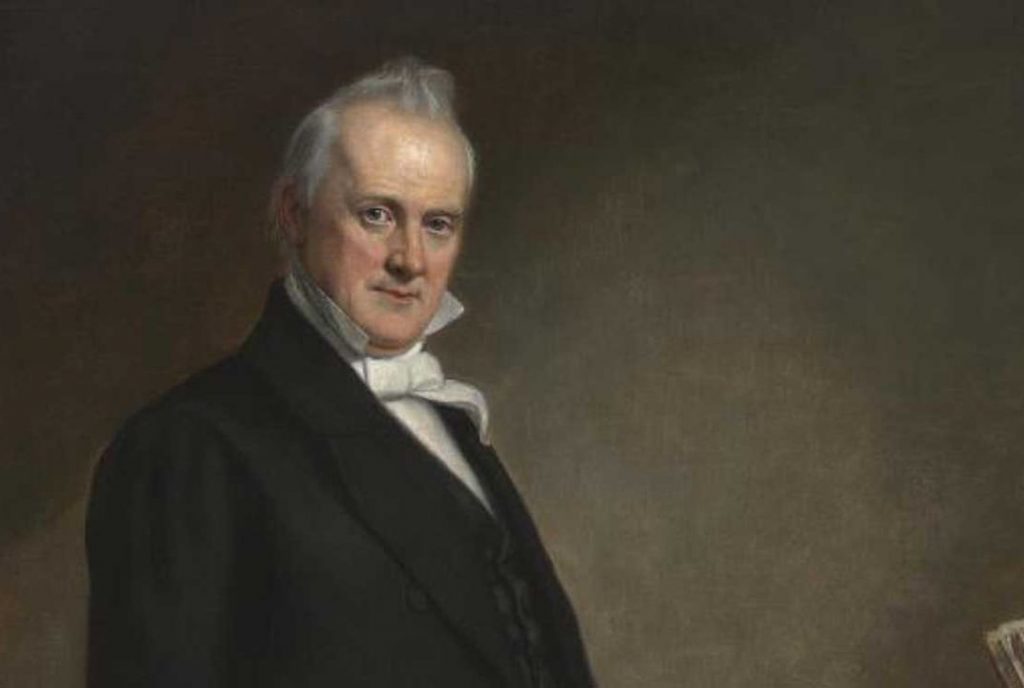
15. James Buchanan
March 4, 1857- March 3, 1861
James Buchanan served five terms in the House of Representatives, was briefly a Minister for Russia, then served a decade in the Senate. He also served as Polk’s Secretary of State and Pierce’s Minister to Great Britain. His time abroad helped him secure the nomination in 1856 because he was not involved with the heated debates.
Buchanan attempted to create peace between parties by balancing the divide of appointments he made and encouraging everyone to follow the law as the Supreme Court interpreted it. Just after he was inaugurated, the Supreme Court settled a case that questioned Congress’s legality of determining whether territories should have slavery. They stated that it was not Constitutional for Congress to decide this, making the south very happy and the north furious.
The Federal government reached a stalemate, causing the Democratic party to split into northern and southern sectors. Each wing was able to give its nominee for president in 1860. Because of this, Lincoln was elected easily as the Republican candidate.
Fun Fact: James Buchanan is the only president to remain a lifelong bachelor and was the only president elected from Pennsylvania until Joe Biden in 2020.
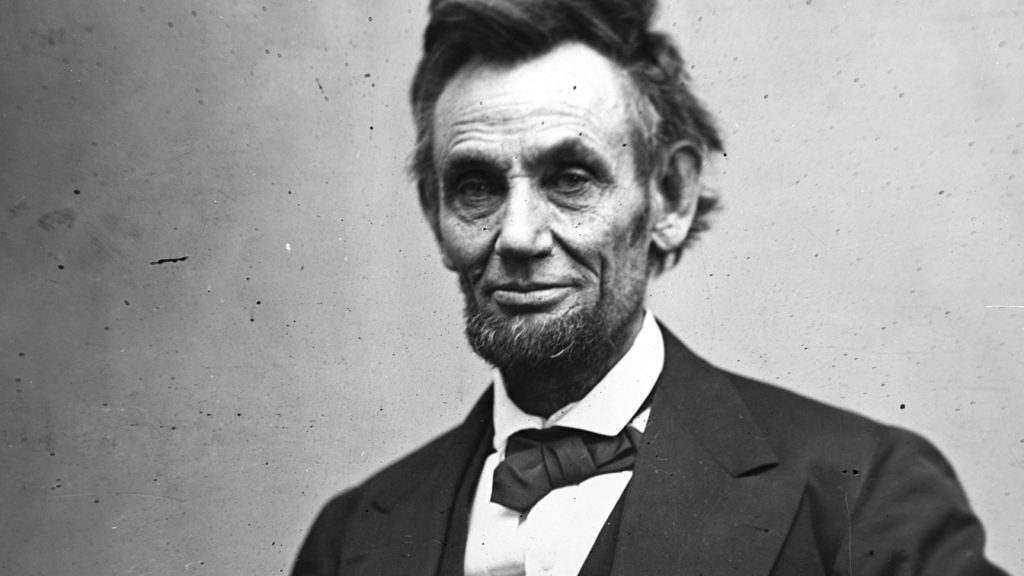
16. Abraham Lincoln
March 4, 1861- April 15, 1865
Abraham Lincoln was born and raised in Kentucky before relocating to Indiana with his father when he was young. He knew how to read and write and do math but was limited in his education. He worked to learn everything he could while working on a farm, splitting wood to make fence rails, and working at a store in Illinois.
Lincoln served as a captain in the Black Hawk War, was in the Illinois legislature for eight years, and ran against Stephen A. Douglass for senator in 1858. He lost the election but gained recognition and won the Republican nomination for president in 1860.
Abraham Lincoln believed that it was illegal for the south to secede from the north and was prepared to defend the law and protect the Union. During his presidency, he built a strong Republican party. On January 1, 1863, Lincoln issued the Emancipation Proclamation to free all enslaved people in the Confederacy.
Lincoln won reelection in 1864 and used the rest of his time in office to create a quick reconciliation between the north and the south, encouraging the south to “lay down their arms.” Abraham Lincoln was assassinated in Ford’s Theatre in Washington D.C. by John Wilks Boothe, who thought he would be helping the south.
Fun Fact: Abraham Lincoln won the presidency without his name being on any southern ballot.

17. Andrew Johnson
April 15, 1865- March 3, 1869
Andrew Johnson grew up in poverty and was an apprentice to a tailor before running away as a young boy. He opened up his own tailoring business in Tennessee and participated in debates at the local academy.
After beginning his career in politics, he was a member of both the House of Representatives and the Senate. During his time in those roles, he advocated for a homestead bill to provide a farm to poor men.
Johnson remained in the senate even after Tennessee seceded in the secession crisis, making him a hero to the north and a traitor to the south. He was appointed Military Governor of Tennessee during Lincoln’s first term and was appointed as Vice President in 1864. Andrew Johnson became president after Abraham Lincoln was assassinated.
Johnson worked on reconstructing the southern states while Congress was not in session. By the time Congress came back together, “Black Code” laws were already established in the south. “Black Codes” were laws that limited the black men’s freedom who had already been freed from slavery.
Against Johnson’s wishes–and his veto–the Civil Rights Act of 1866 was passed. This stated that black people were American citizens and forbade any discrimination against them. A few months later, Congress passed the Fourteenth Amendment.
Fun Fact: Andrew Johnson was one of four presidents impeached because he was accused of abuse of power. He became known as the “veto president” because he kept vetoing bills passed through Congress.

18. Ulysses S. Grant
March 4, 1869- March 3, 1877
Ulysses S. Grant served in the army under Zachary Taylor in the Mexican-American War before resigning and moving to his wife’s family plantation in 1854. At the start of the Civil War, Grant worked in his father’s leather store when he was appointed commander of a volunteer regiment. Grant captured Fort Henry and attacked Fort Donelson. With his success, Lincoln promoted him to major general of volunteers.
Grant continued to be successful with his leadership role in the army but caused some concern because of the number of casualties his troops suffered from battle. In 1864, Grand was appointed general-in-chief by Lincoln.
With Grant’s strategy and planning, the Civil War came to a close in 1865. He had led the Union to victory over the Confederacy. After the war, Grant criticized President Johnson’s reconstruction plan. Ulysses S. Grant won the election of 1868 with an overwhelming margin.
During his presidency, he worked to suppress the Ku Klux Klan and to protect African Americans in the south. Along with Congress, Grant created the Department of Justice.
Fun Fact: Ulysses S. Grant was honest but had poor taste in friends. His reputation suffered because two of the men he was acquainted with had a plan to corner the gold market. Because of his association with the two who were guilty, Grant took the blame.
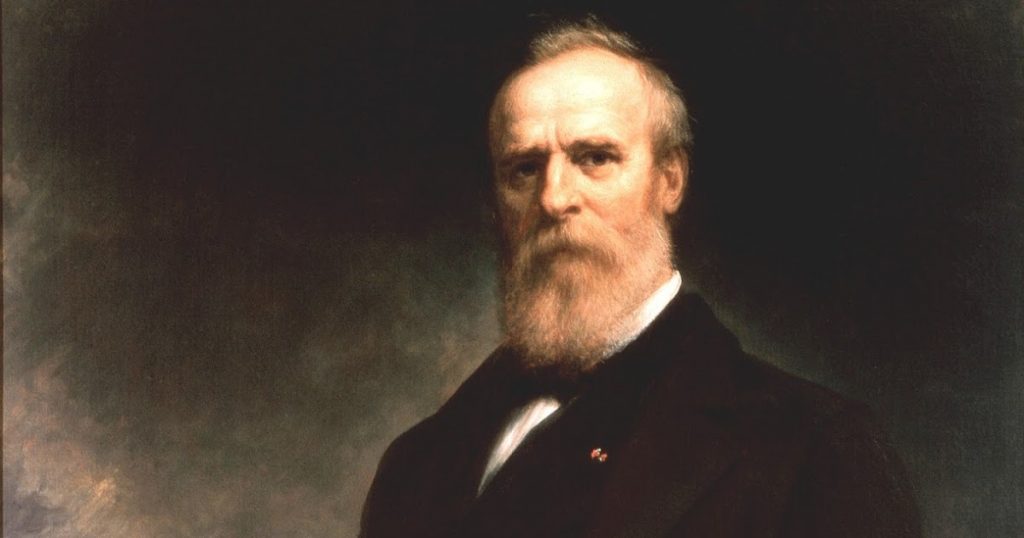
19. Rutherford B. Hayes
March 4, 1877- March 3, 1881
Rutherford B. Hayes served in the Civil War. After being injured while in action, Hayes climbed ranks to brevet major general. While serving, he was nominated for the House of Representatives. He accepted the nomination but refused to campaign, saying that anyone who left his duty “ought to be scalped.” He won with a heavy majority.
Hayes served as governor of Ohio for three terms and served in Congress. In 1876, Hayes ran for president against Samuel J. Tilden of New York. The race was so close that there were months of uncertainty following the election. After a committee was formed to determine the election’s outcome, Hayes was the determined winner, with the electoral votes being 185 to 184.
During his time in office, Hayes worked to reconcile the north and the south. Many of the southern leaders agreed with Hayes’ reconstruction plan but could not join the party of Reconstruction because they would lose at the polls. Hayes worked hard on this plan but was not able to win over the “solid South.”
Fun Fact: Rutherford B. Hayes banished wines and liquors from the White House during his term in office.
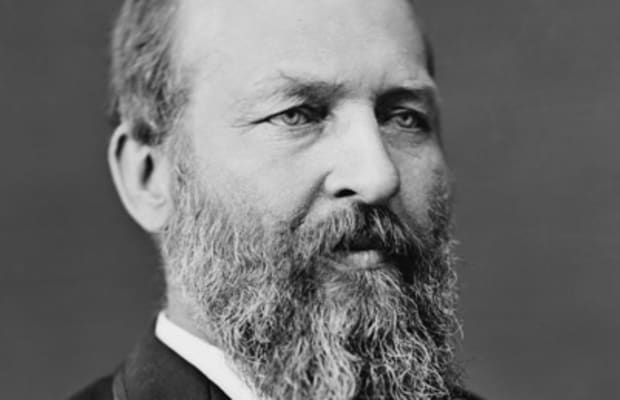
20. James A. Garfield
March 4, 1881- September 19, 1881
James Garfield was a classics professor at Western Reserve Eclectic Institute (now known as Hiram College) and became president of the college within a year. He was elected into the Ohio Senate in 1859. During the Civil War, Garfield led a brigade against Confederate troops. He rose in rank, adding “brigadier general” and “major general of volunteers” to his list of titles.
Garfield was elected to Congress and continued to win reelection for 18 years, becoming the House’s leading Republican. He ran for president in 1880, defeating his opponent by 10,000 in the popular vote.
While in office, Garfield strengthened Federal authority over the House. Senator Roscoe Conkling was the leading Republican. In the list of appointments written to the Senate, Garfield listed several of Conkling’s friends and arch-rival William H. Robertson. Conkling attempted to manipulate the House into blocking the nomination of Robertson. After several attempts, Conkling attempted to outmaneuver Garfield by resigning, believing that he would be reelected to office. He was not, but Robertson was confirmed.
Garfield’s secretary of state invited all American republics to a conference in Washington D.C. in 1882. Before the conference could take place, Garfield was shot in a railway station on July 2, 1881. He lived for several weeks before dying from an infection on September 19, 1881.
Fun Fact: The man who assassinated President Garfield, James Guiteau, planned out the murder with precision. He bought the ivory-handled .44 caliber pistol because he “thought it would look nice in a museum someday,” and he wrote a letter to the White House stating that the president’s death was a “sad necessity.”
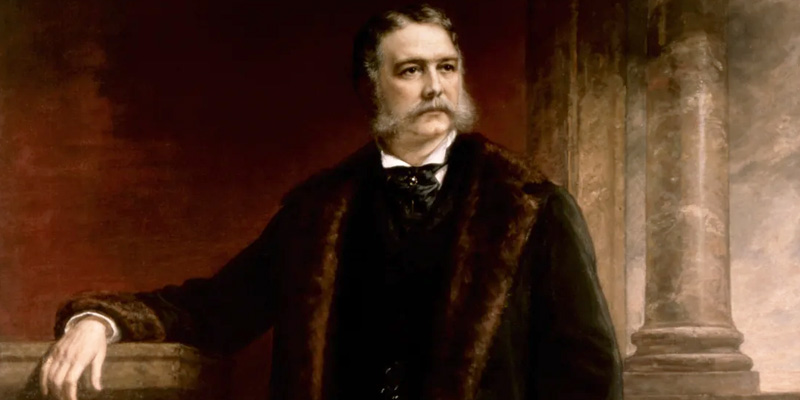
21. Chester A. Arthur
September 20, 1881- March 3, 1885
Chester A. Arther was names quartermaster general of New York early in the Civil War. He was later appointed collector of the Port of New York in 1871 by President Grant. Arther successfully managed over a thousand employees.
Arther was an honorable man and believed in the spoils system, and insisted on staffing the Customs House with party workers. He was nominated for vice president in 1880 and became president after President Garfield was assassinated.
During his time as vice president, Arther sided with Conkling in the disagreements with President Garfield. When he became president, he wanted to prove himself. He aligned himself with the elite and dressed in high fashion.
While President Arther was in office, Congress passed the Pendleton Act, which protected employees from being fired for political reasons. Arther signed the Tariff Act of 1883, which created a divide between parties. The Arther administration also signed the first federal immigration law.
Fun Fact: Chester A. Arther suffered from fatal kidney disease and had known since a year into his presidency. He kept it a secret and died two years after leaving office.
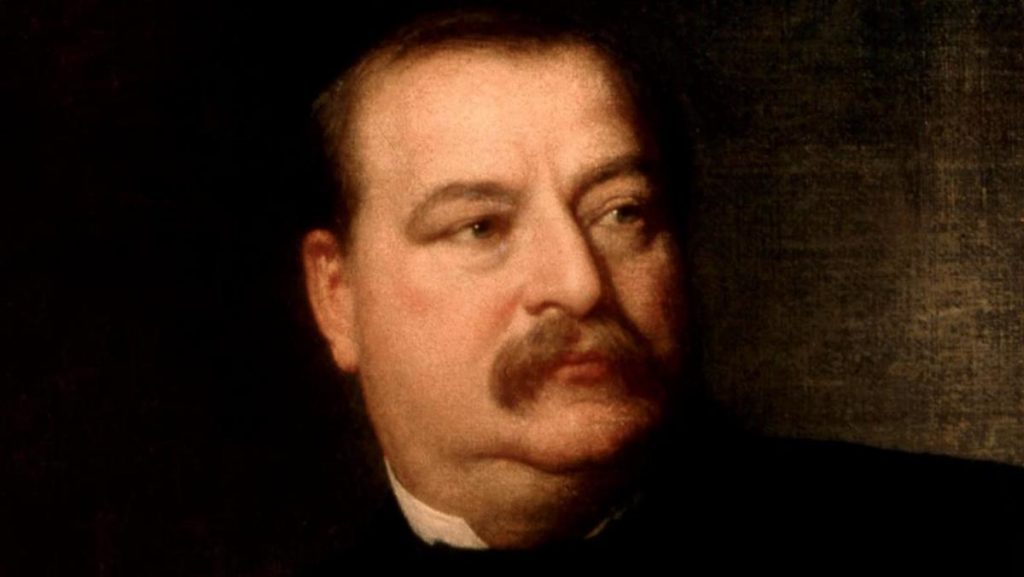
22. Grover Cleveland
March 4, 1885- March 3, 1889
Grover Cleveland did not enter politics until he was forty-four years old. He was elected governor of Buffalo in 1881, then moved on to become governor of New York. Within three years of starting his career in politics, he was elected as president of the United States.
Cleveland strongly opposed a bill to provide $10,000 to distribute grain to farmers who needed assistance. He vetoed the bill claiming “federal aid in such cases encourages the expectation of paternal care on the part of the government and weakens the sturdiness of our national character.”
President Cleveland was strong in his opinions and was told that his call to reduce high protective tariffs gave the republicans something to run on for the next election. He believed that there was no point in reelection if you “don’t stand for something.”
Fun Fact: Cleveland entered his presidency as a bachelor but married 21-year-old Frances Folsom in 1886. He was the only president to be married in the White House.
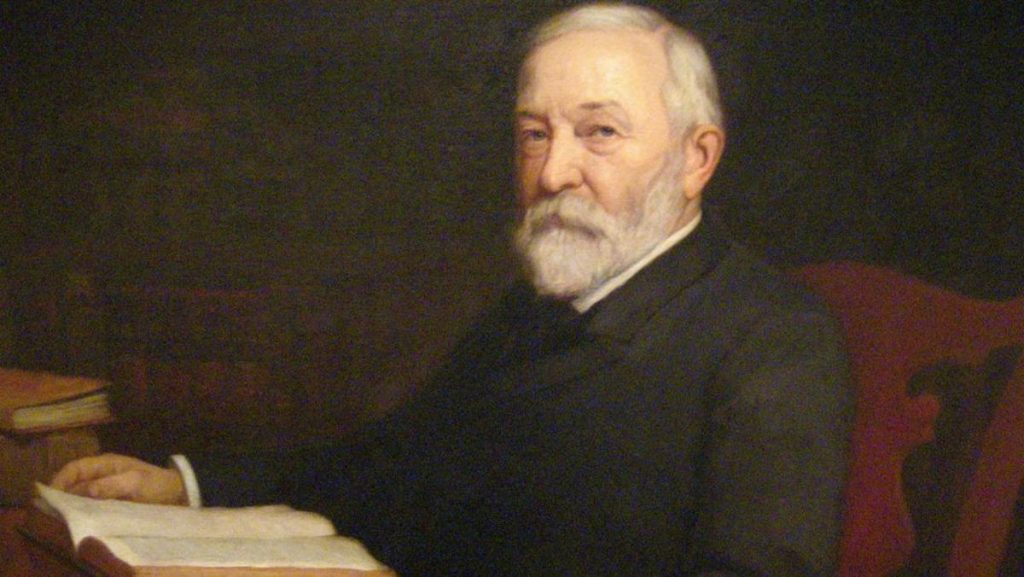
23. Benjamin Harrison
March 4, 1889- March 3, 1893
Benjamin Harrison was a lawyer who was born and raised in Ohio. He moved to Indianapolis and practiced law. In the Civil War, he served in the 70th Volunteer Infantry.
Harrison won the presidency in 1888 against Grover Cleveland with 233 to 168 electoral votes but lost the popular vote by 100,000 votes. During his presidency, Harrison helped shape vigorous foreign policy. The first Pan American Congress met in 1889, and it later became the Pan American Union.
At the end of this presidency, Harrison submitted a treaty to annex Hawaii to the Senate. This treaty would later be withdrawn by Grover Cleveland when he won reelection in 1892.
Fun Fact: Benjamin Harrison was elected after conducting one of the first-ever “front porch campaigns” by delivering short speeches to delegates who visited him in Indianapolis.
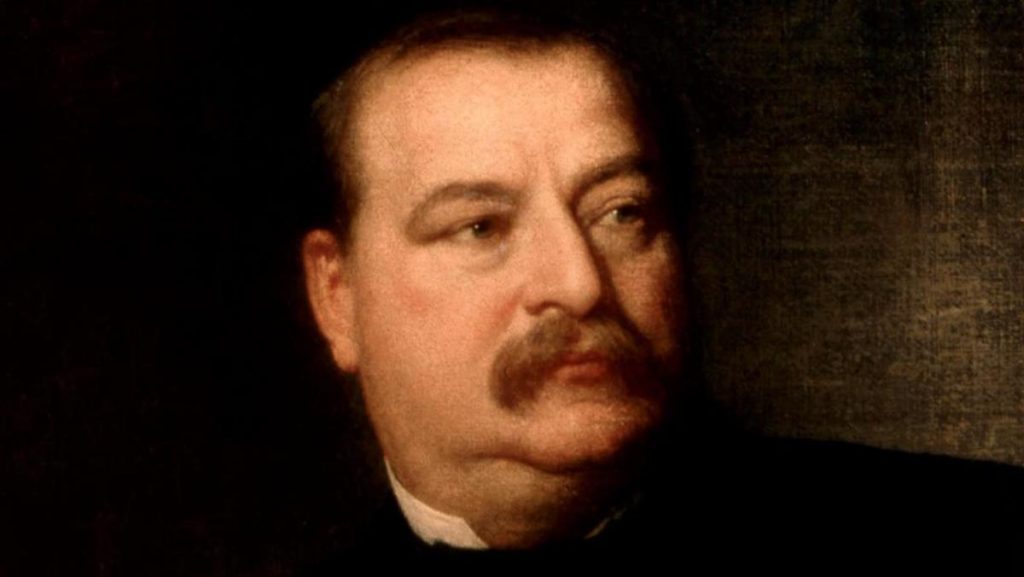
24. Grover Cleveland
March 4, 1893- March 3, 1897
President Grover Cleveland was reelected in 1892. Upon his reelection, he had to face a significant financial crisis in the United States. When railroad workers violated a conjuncture, Cleveland sent in federal troops to reinforce it.
Cleveland’s harsh treatment of railroad workers, along with his policies during the depression, caused his party to desert him. He died in 1908.
Learn More
Next week I will be posting part three in this series of posts about former United States Presidents. I hope you are enjoying reading these as much as I am enjoying writing them. Here are the sources that I used for this post: The White House and The Historical Association. Have a wonderful week and happy learning!




